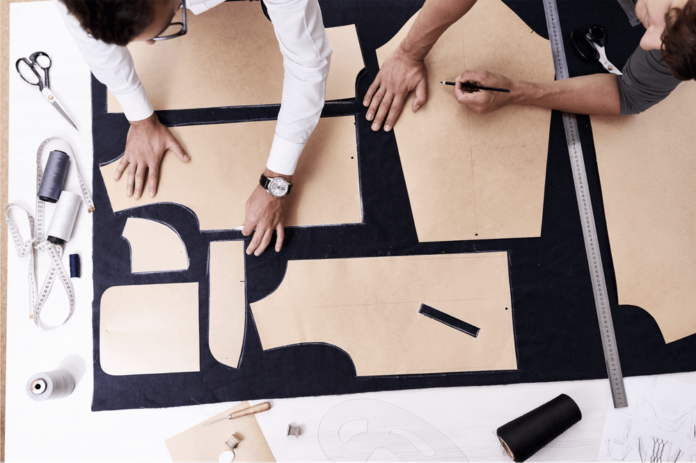Patternmaking is the process of drawing up a design on paper to be cut by a machine. It’s an essential skill for fashion designers, who can use it to create clothing from scratch or make adjustments as they go along. In this blog post, we will explore patternmaking for fashion design and how it’s used in the industry. We’ll also look at some basic techniques and popular patterns that you may want to try out!
Patternmaking for Fashion Design
There are many steps to the patternmaking process, each with its own benefits. It’s a technique that can be used in two ways: as a starting point or an ongoing extender of design – creating clothing from scratch or making adjustments as you go along. Patternmakers draw up designs on paper to be cut by machine. It’s an essential skill for fashion designers, who can create clothing from scratch or make adjustments as they go along.
The Design Process: Patternmaking For Fashion Design
In this blog post, we will explore patternmaking for fashion design and how it’s used in the industry. We’ll also look at some basic techniques and popular patterns that you may want to try out! There are many steps to the pattern-making process, each with its own benefits; it can be used in two ways – either as a starting point or an ongoing extender of your design work. Defining all pieces (seams) on paper before cutting into fabric is important because once you start sewing together these lines, it’s difficult to make changes.
Patternmaking for Fashion Design: Basic Techniques and Popular Patterns
- Seamless patterns have little ease or room in the seams, making them more fitted to a body type while still being comfortable enough to move around in drapey fabrics allow for lots of movement without showing any lines on the outside.
- The basic techniques that are most commonly used include darting (for shaping), adding fullness at hems or sleeves as well as cutting box pleats into the fabric with darts inside – this can be used for skirts, pants, or dresses! You can also use pattern-making techniques such as gathers (topstitching) and shirring which is done by sewing rows of overlapping fabric that have been gathered at the top and then pulled to create folds.
- The most popular patternmaking technique for creating patterns quickly is using a sloper, which is usually based on measurements of an individual’s body type or proportions (such as from your shoulder to your waist).
- In general, you will want to start with drafting simpler pieces such as skirts before moving onto more complicated garments like pants- but don’t be afraid! There are plenty of techniques out there that can make this process much easier than it might seem. Start by learning what kind of fabric you’re working with – if it has stretch in any direction, you’ll need less ease so take note when cutting or sewing darts. If not, add some extra room in smaller areas such as the armpits, waistlines, and hips.
Patternmaking for Fashion Design: Basics to Advanced Techniques
Pattern making is a key component in fashion design that has been used by designers since the 1800s. Originally it was done without much computer assistance but now there are many pattern drafting programs available on both Mac & PC computers that can simplify this process considerably. This article will cover some basic techniques and information about how to get started with pattern making today using these types of software programs!
What Is Pattern Making?
The main function of patternmaking is creating patterns or paper templates from measurements taken off an individual’s body parts so they can then be cut out into fabric for garment pieces such as skirts, pants, dresses, etc.
Some Basic Patternmaking Techniques: The following are some of the basic techniques that will be covered in this article.
- Draping: The process of creating a pattern from fabric draped over an individual’s body and shaped to fit it. This is used when one does not want to make a paper template or use other more complex drafting methods such as draping software programs, which require additional skills. A skilled draper can create patterns substantially faster than someone using drafting methods but often with less accuracy because they cannot take exact measurements off each person’s body parts like these types of programs do.
- Paper Templates: These templates last for many uses so long as you keep them light and dry by storing them flat between uses. You can make paper templates out of newspaper or any other type of thin, light-weight paper that will not warp and is easy to cut through with a sharp craft knife, such as mat board backing from an art store.
- Drafting: The process of converting the design for a pattern into sewing instructions called schematics so it can be used to create two identical pieces at once by cutting the fabric in half widthwise first (this creates left and right panels) then symmetrically dividing them lengthwise down both center front and back lines according to measurements provided on your schematic.











